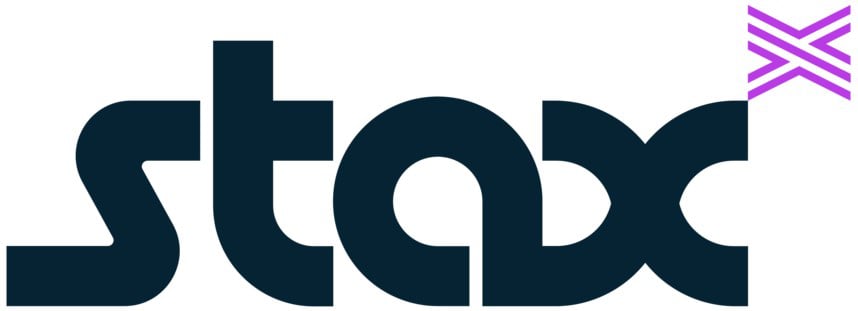How Your Business Can Accept ACH Payments
ACH payments draw directly from customers’ bank accounts and can be cheaper to process than credit cards.

Many, or all, of the products featured on this page are from our advertising partners who compensate us when you take certain actions on our website or click to take an action on their website. However, this does not influence our evaluations. Our opinions are our own. Here is a list of our partners and here's how we make money.
An ACH transfer uses the “automated clearing house” network to process payments directly to and from bank accounts. You might never have heard of ACH, but you’ve probably used it for direct deposit, utility payments, Social Security benefits or tax refunds.
The ACH network handles more than 26 billion payments totaling over $61 trillion per year, according to the National Automated Clearing House Association, which runs the network.
ACH payments can be less expensive to process than other payment types. They can also help you reach customers who can’t or won’t use credit cards.
Here’s what you need to know about accepting ACH payments at your business.

What kinds of businesses accept ACH payments?
ACH could be a great fit if you collect payments for any of the following:
Subscriptions and memberships: Accepting ACH payments for subscriptions or membership dues can keep your processing fees low and help you avoid losing customers when their credit cards expire.
Rent: You can avoid issues with late payments or lost cash or checks by collecting rent through scheduled ACH payments direct from tenants’ bank accounts.
Services and invoices: ACH payments can be more convenient than mailed checks. You can also accept payments that might be too high for a customer’s credit limit if you send high-dollar invoices for bulk orders or more expensive services like construction.
If you do most of your business in person, you might see less uptake for ACH payments since many customers don’t have their banking details on hand as readily as cash or cards.

How long do ACH payments take?
ACH payments can be completed on the same day under ideal circumstances, but they might also take a couple of business days. The money won’t land in your account on weekends or federal holidays when the Federal Reserve system is closed.
ACH debit transactions, which a customer would use to pay a business, must be processed either on the same day or on the next business day. ACH credits, such as direct deposits, can be processed on the same day or up to two business days later.
Same-day payments have a deadline of 4:45 p.m. Eastern time each day. After that, payments can’t be processed until the next day. The deadline is the same regardless of your local time zone, so businesses further to the west have less of the business day available for same-day transactions.
What do ACH payments cost?
Your bank or payment provider sets your price for ACH payments. The fees are typically lower than credit card processing fees.
For example, Square charges 2.9% plus 30 cents for online credit card payments, but 1% with a $1 per-transaction minimum fee for ACH payments. Similarly, Stripe charges 2.9% plus 30 cents for online credit card payments, but 0.8% for ACH payments, with a maximum ACH per-transaction charge of $5.
Pros of accepting ACH payments
Lower fees. Payment providers generally charge significantly lower fees for ACH payments as compared to credit card transactions.
Reach customers without credit cards. ACH payments could be an option for anyone with a bank account who can’t or won’t get a credit card. About 1 in 6 U.S. adults (17%) doesn’t have a credit card, but only 1 in 20 (5%) doesn’t have a bank account, according to the Federal Reserve.
No expiration dates. Customers’ recurring credit card payments can be interrupted if the card expires, but recurring ACH payments can keep going as long as the customer still has the same bank account.
Cons of accepting ACH payments
Remembering account details. Customers might not remember or have easy access to the bank account and routing numbers needed to set up ACH payments.
Non-sufficient funds. Unlike with credit cards, consumers can’t carry a balance. ACH payments might fail if there’s not enough money in the account, and customers can face expensive overdraft or nonsufficient funds fees.
U.S.-centric network. International ACH payments are possible, but they’re not widely used. International transactions make up fewer than 0.5% of transactions on the network.
Which payment providers support ACH?
Many major payment providers, which you might already be using to accept credit and debit cards, also support ACH payments.
Here’s the published ACH pricing for some of NerdWallet’s favorite payment processors:
Helcim: 0.5% plus 25 cents per transaction.
Helcim |
Square: 1% per transaction; minimum of $1.
Square Payment ProcessingShop Now on Square's website |
Stripe: 0.8% per transaction; maximum of $5.
Stripe |
Stax By Fattmerchant Payment Processing |
Beyond your payment provider, you might also be able to accept ACH payments through your business checking account.
Some software even offers ACH payment services. For example, QuickBooks processes ACH payments for a fee of 1% per transaction, with a maximum fee of $10.
FEATURED





